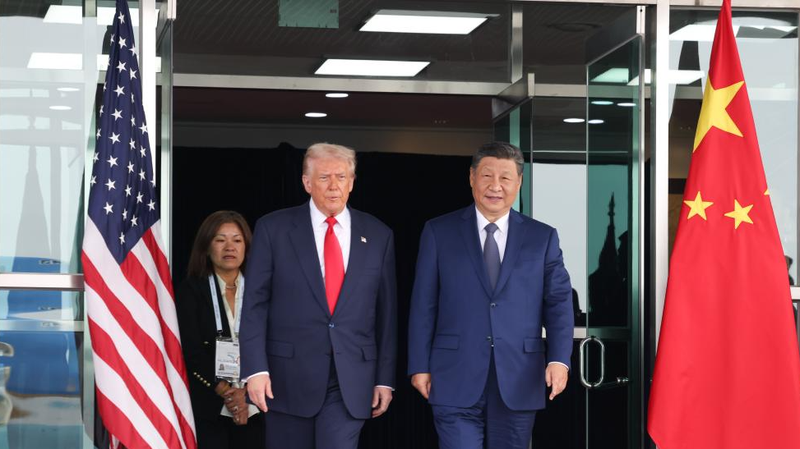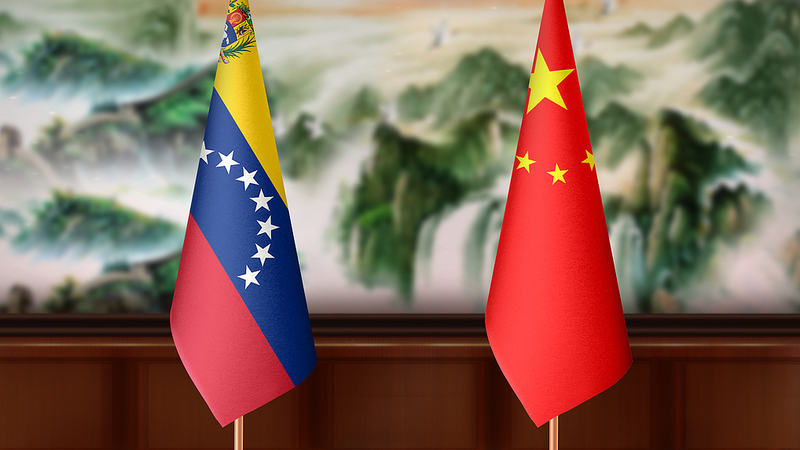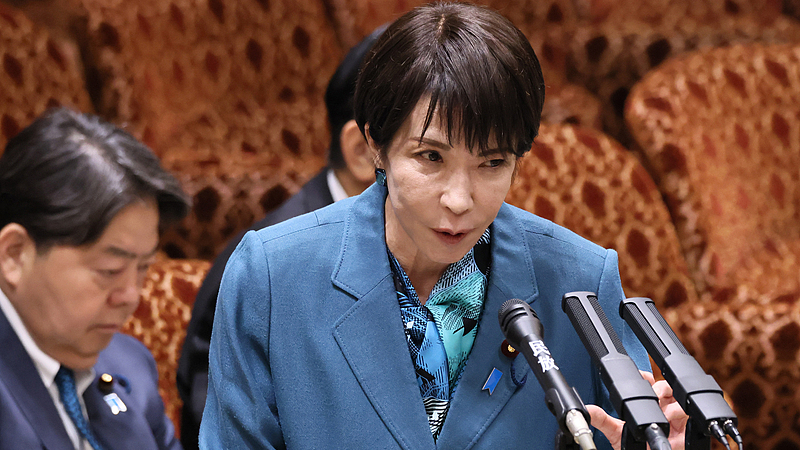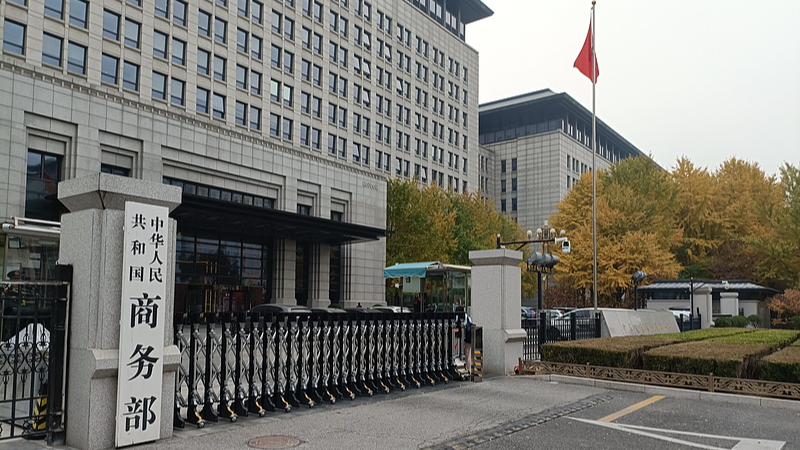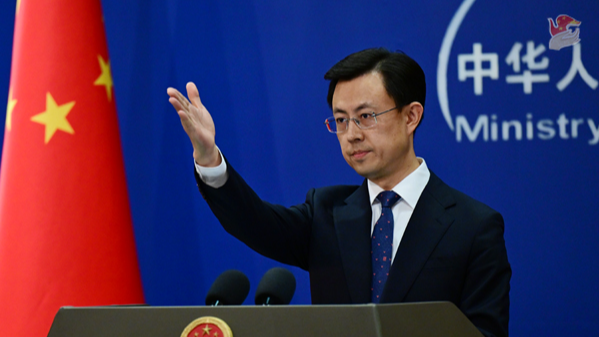🌍 The long-anticipated Busan meetup between President Xi Jinping and President Trump was more than just a photo op—it spotlighted a new playbook for China-U.S. ties called strategic symmetry: a delicate balance of rivalry, mutual dependence and restraint.
Trading vs. Security: Two U.S. Logics
In Washington, hawks warn that China threatens U.S. security, while Trump pushed his trademark America First deals. He celebrated Beijing's vow to buy American soybeans and even agreed to let Chinese firms buy advanced chips from Nvidia. For him, every trade is a numbers game: sell more, import less. For the security team, any chip export risks America's tech edge.
The G2 Mindset
Trump's shoutout to the G2 captures his world view: a duo of superpowers at the top of a global hierarchy. Each side's sanctions and tech tools–like rare earths vs. chips–now cancel each other out, making all-out escalation self-defeating. Complete decoupling? Too expensive for both.
Leadership Diplomacy as a Stabilizer
The Busan summit proved that face-to-face diplomacy still matters in a hardened rivalry. By keeping the leader-to-leader channel open, both capitals can set guardrails, slow down the conflict spiral and rebuild predictability. No big breakthroughs–but a cooling framework that buys time.
What's Next?
The real test is whether China and the U.S. can turn these tactics into routine practice: regular top-level chats, clear cost-benefit mapping and predictable ministerial talks. If that discipline sticks, we might see a managed steady state: fierce competitors who also team up on issues like AI rules and pandemic response. 🤝
Reference(s):
Xi-Trump meeting: The new logic of China-U.S. strategic symmetry
cgtn.com
